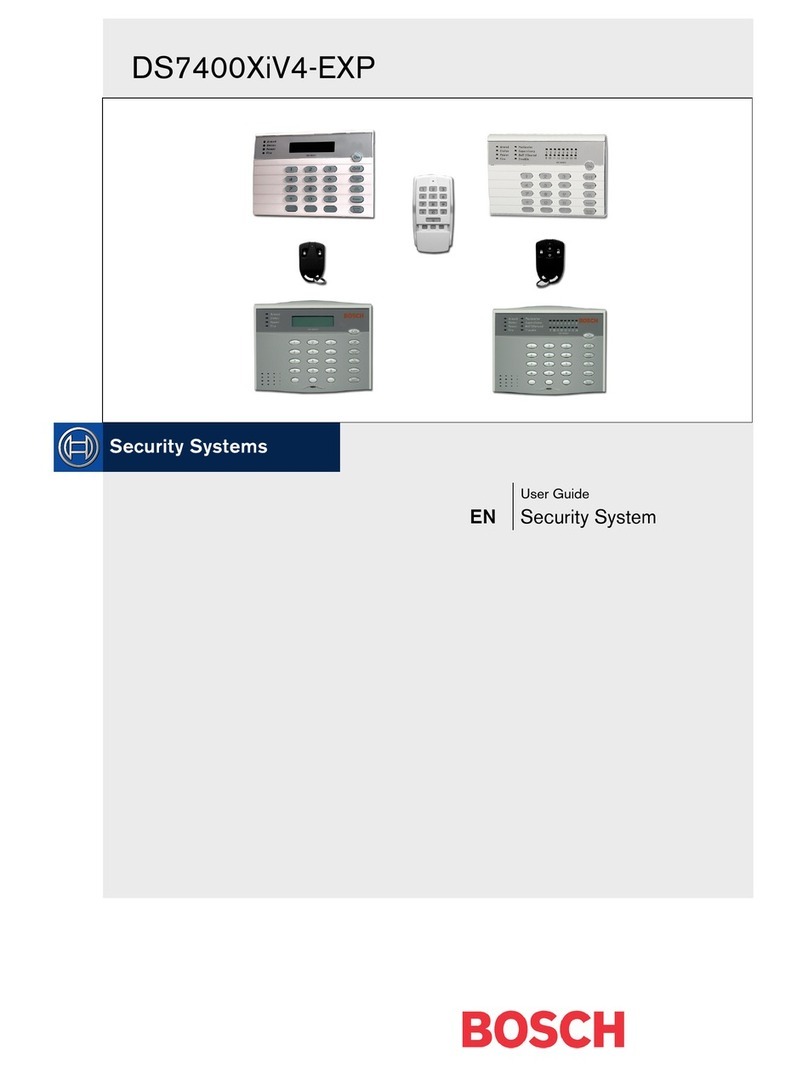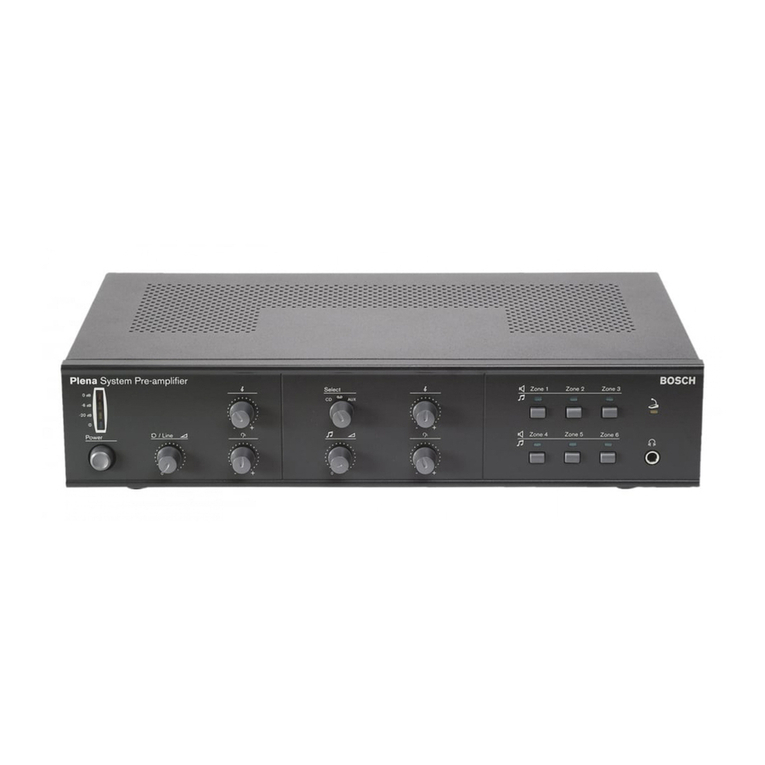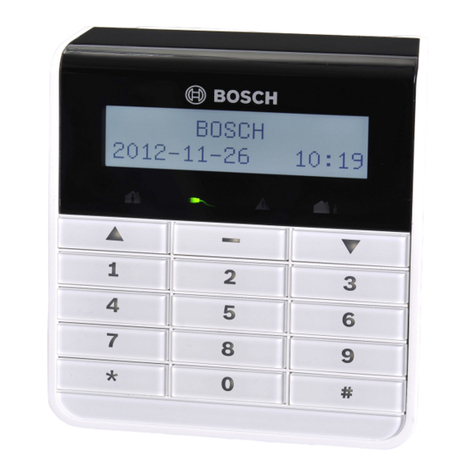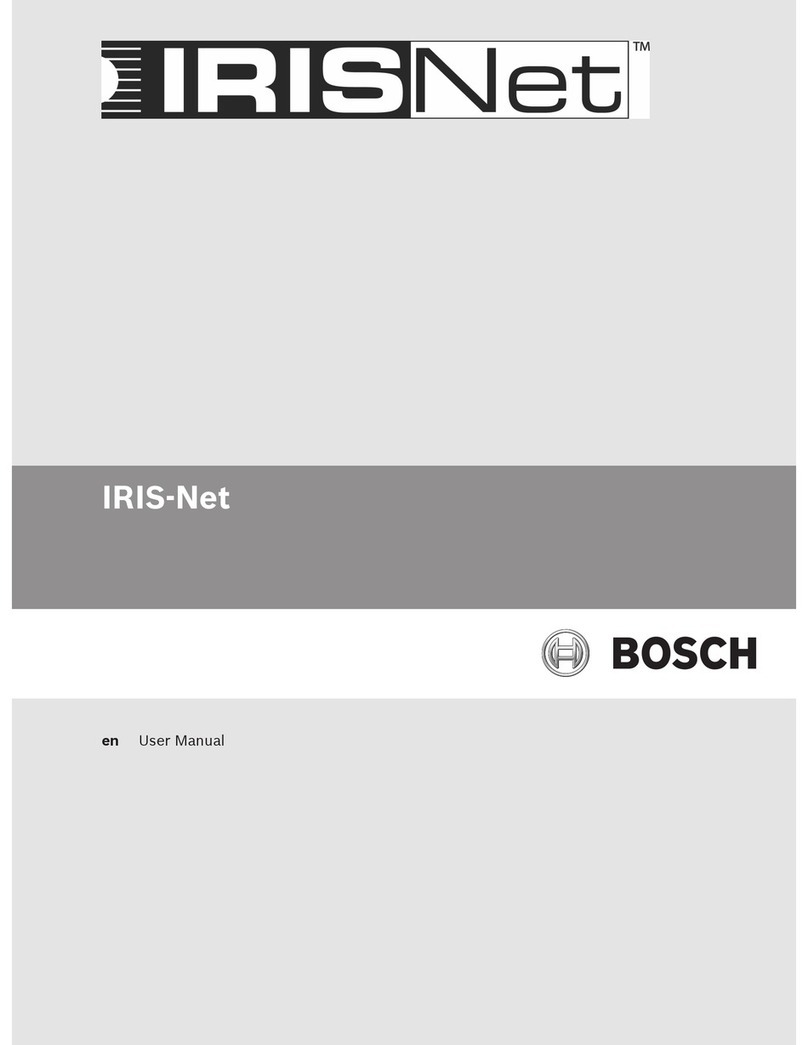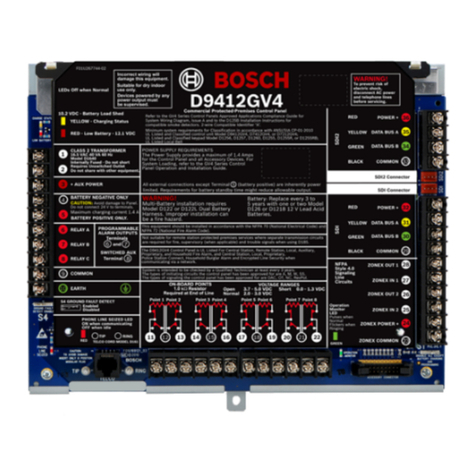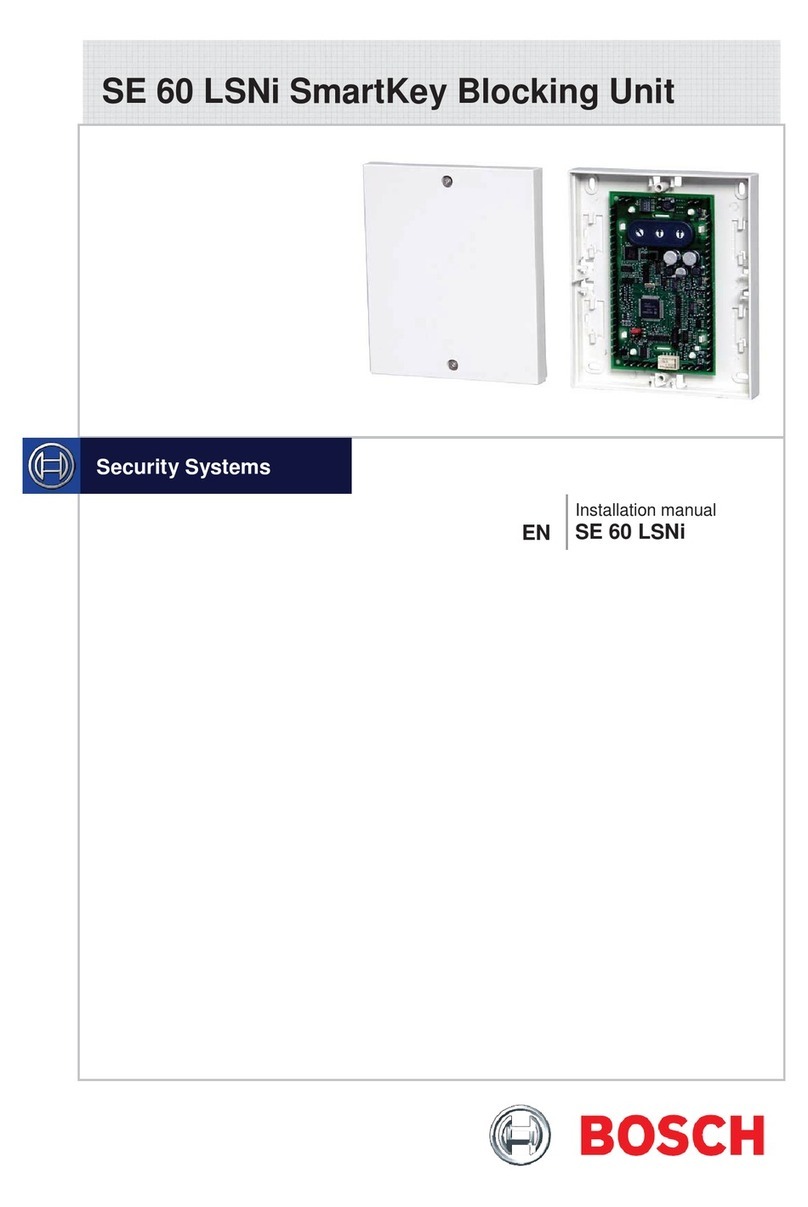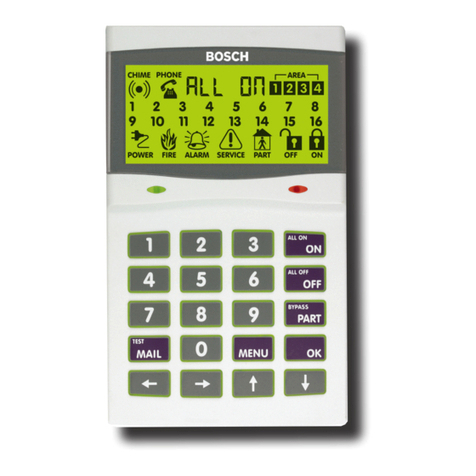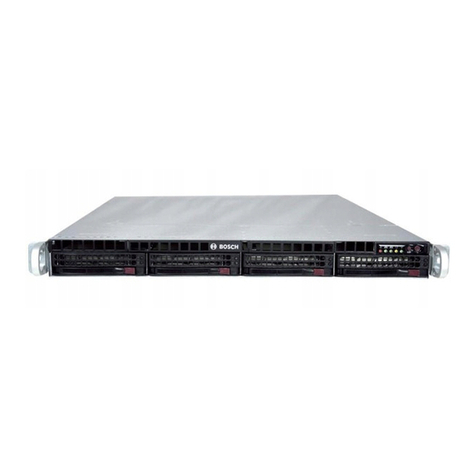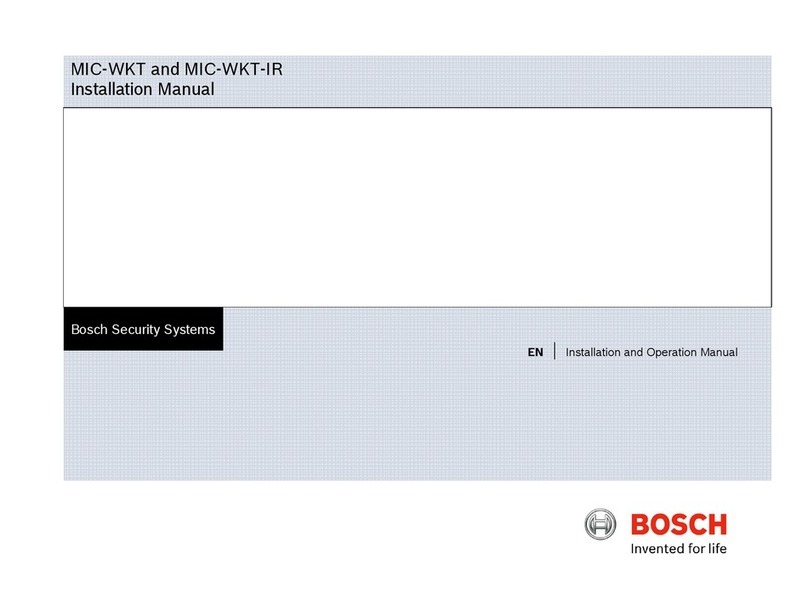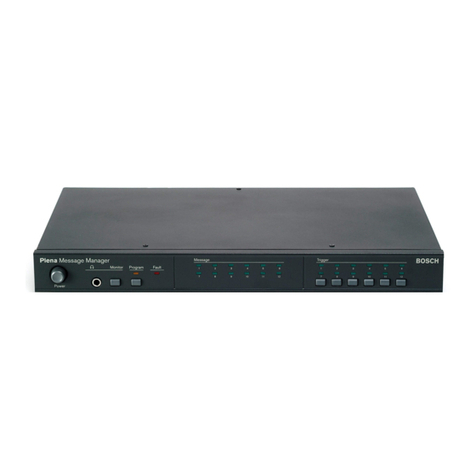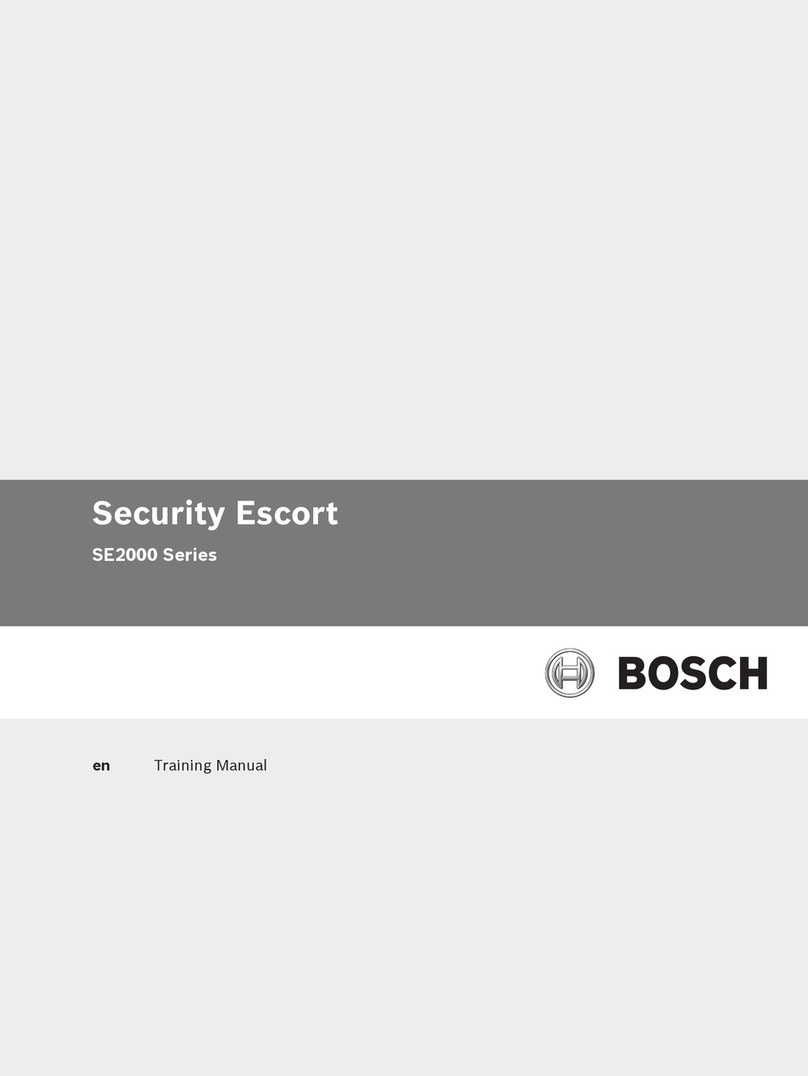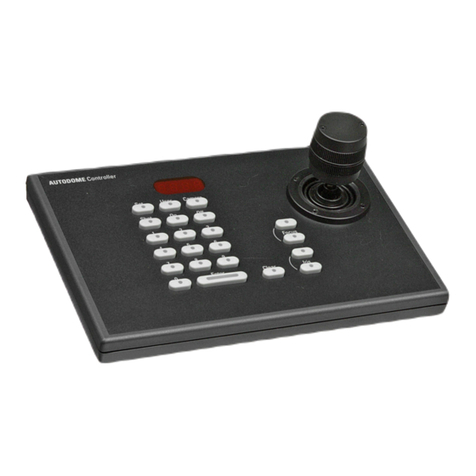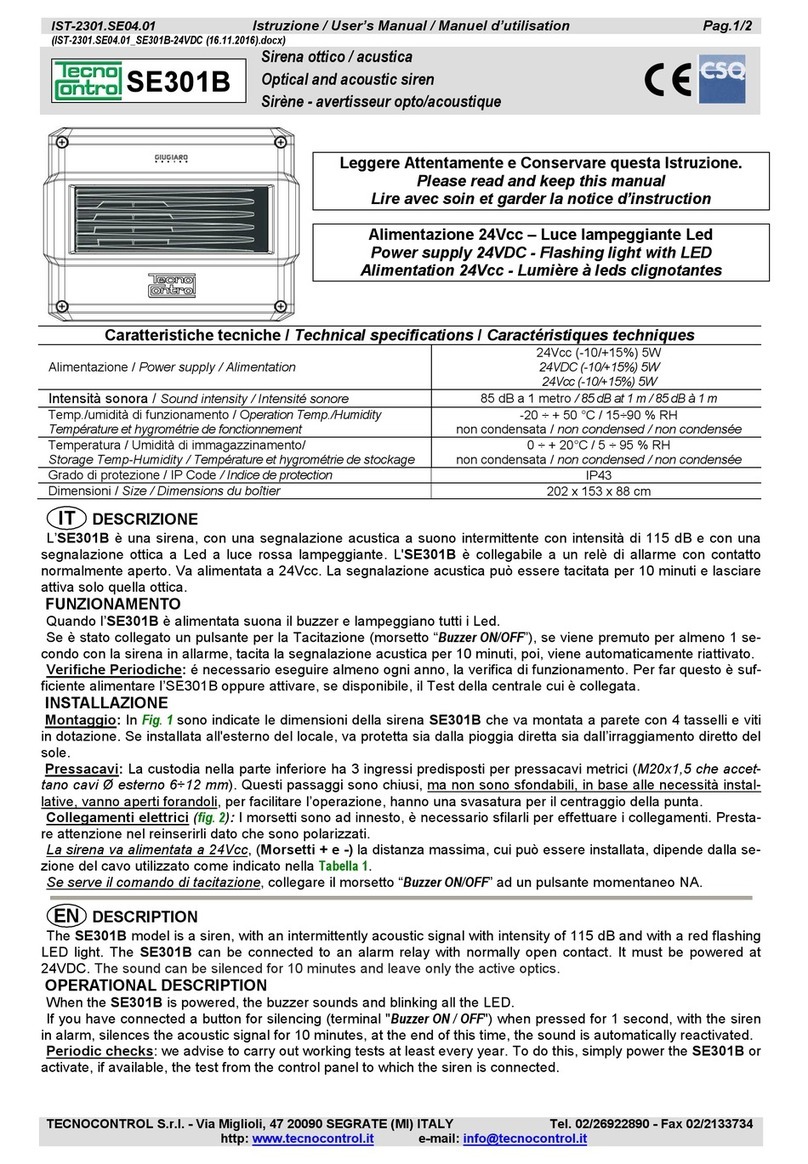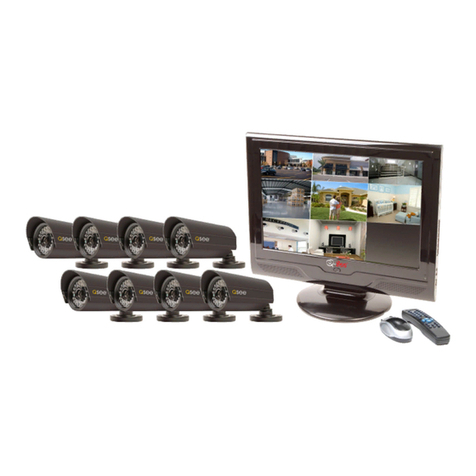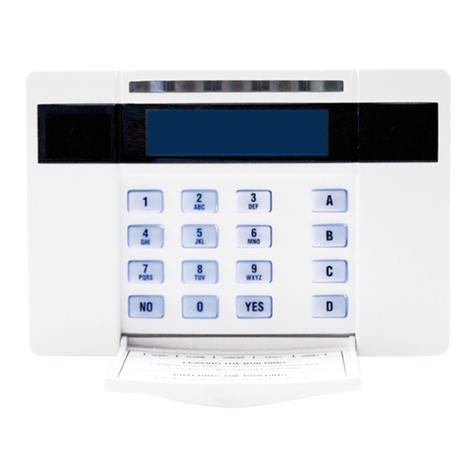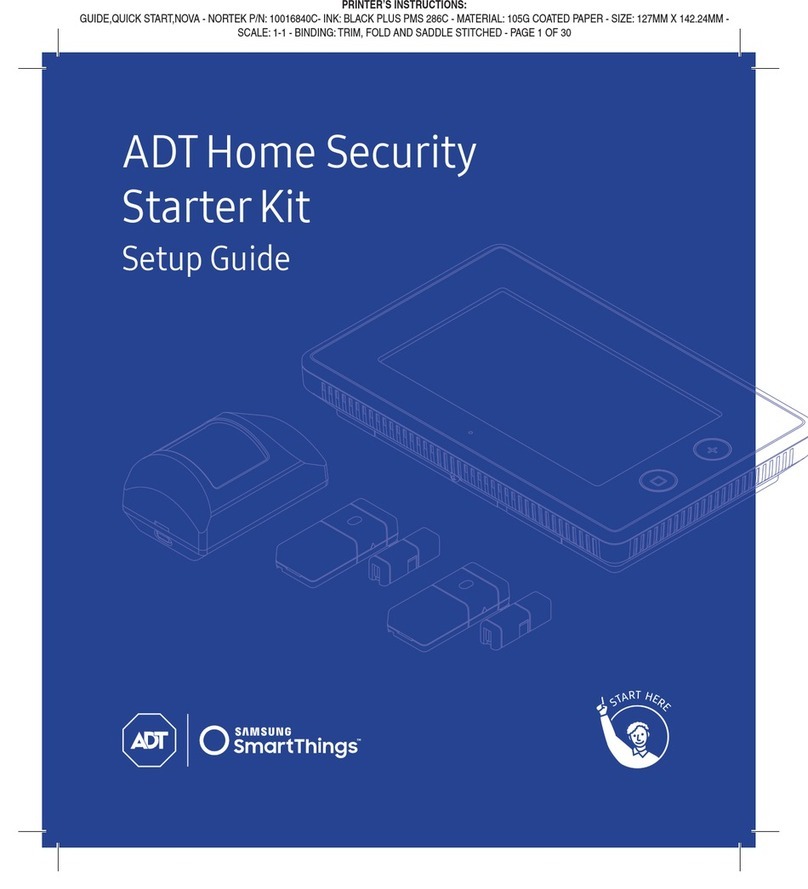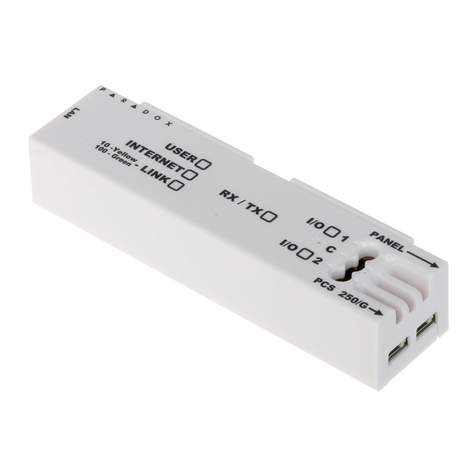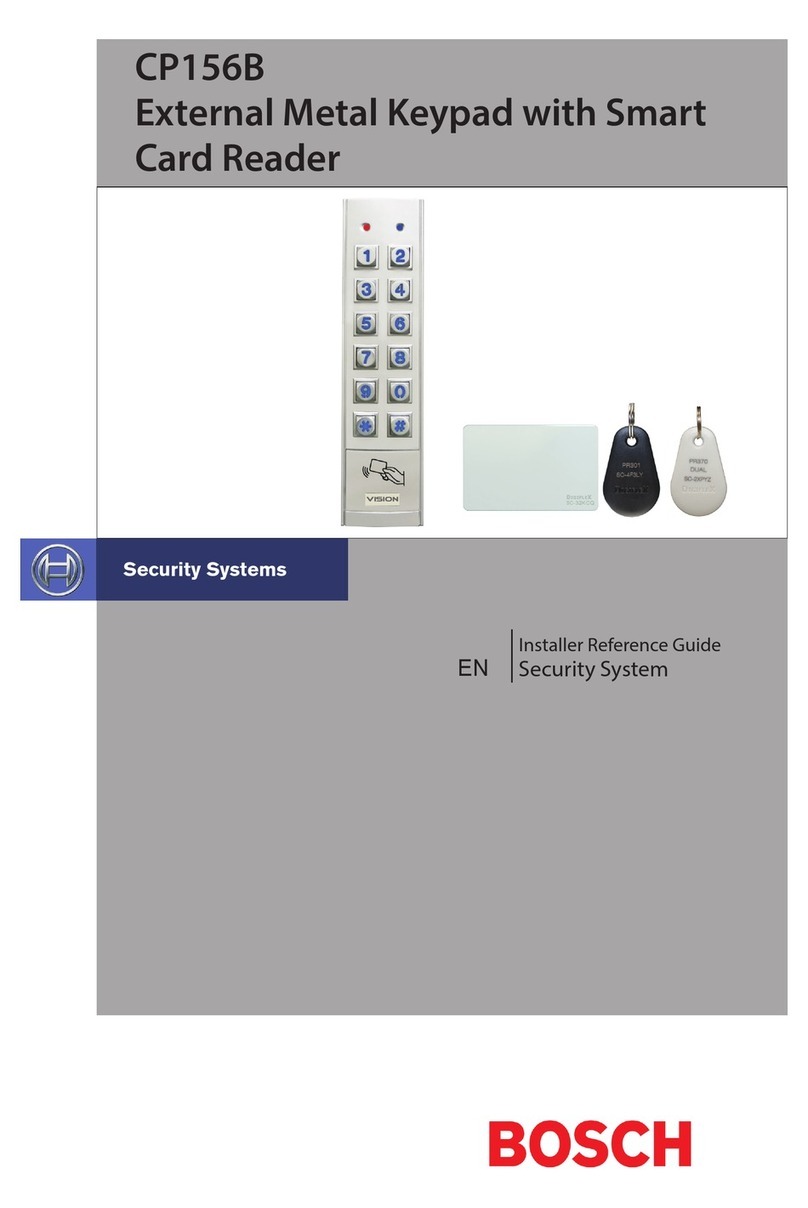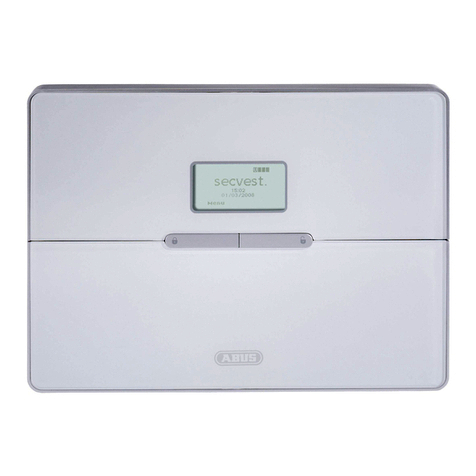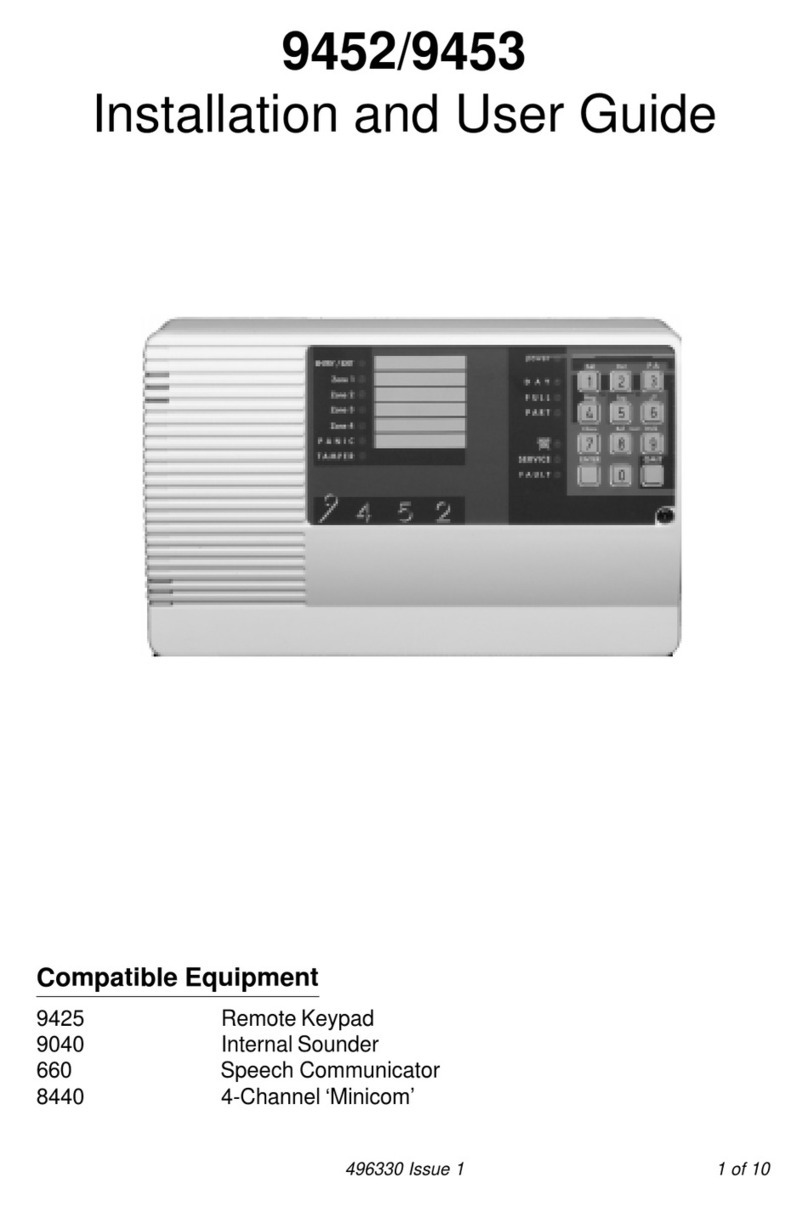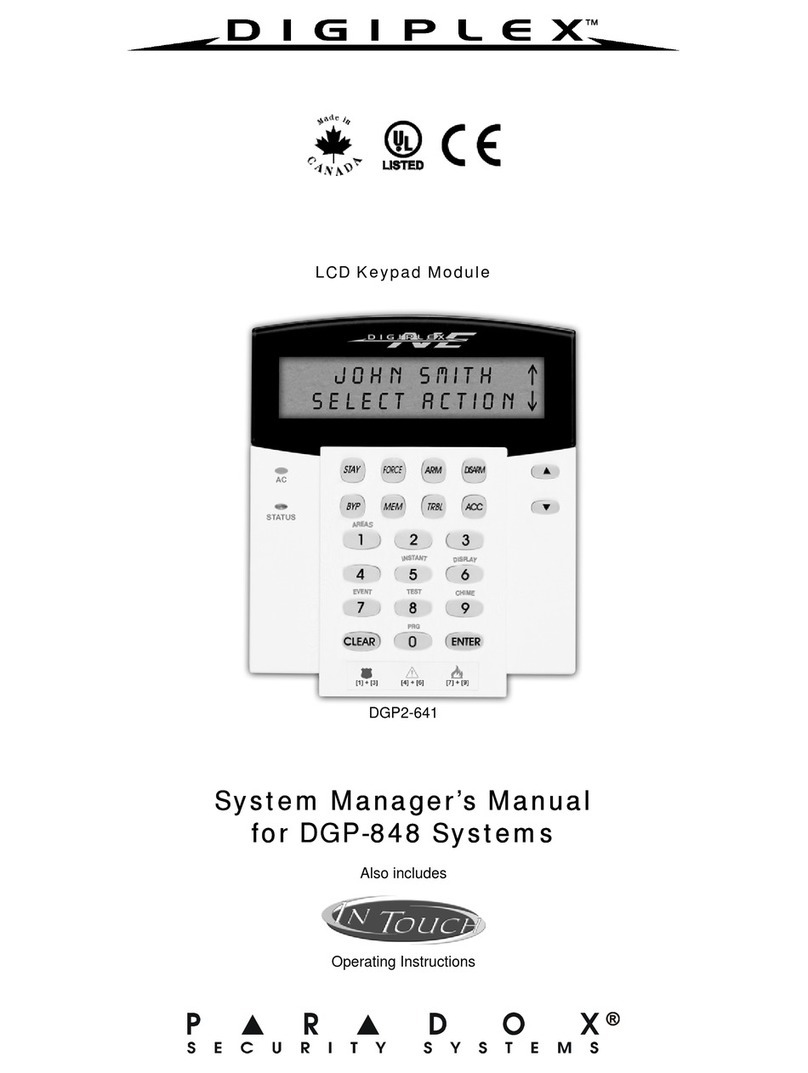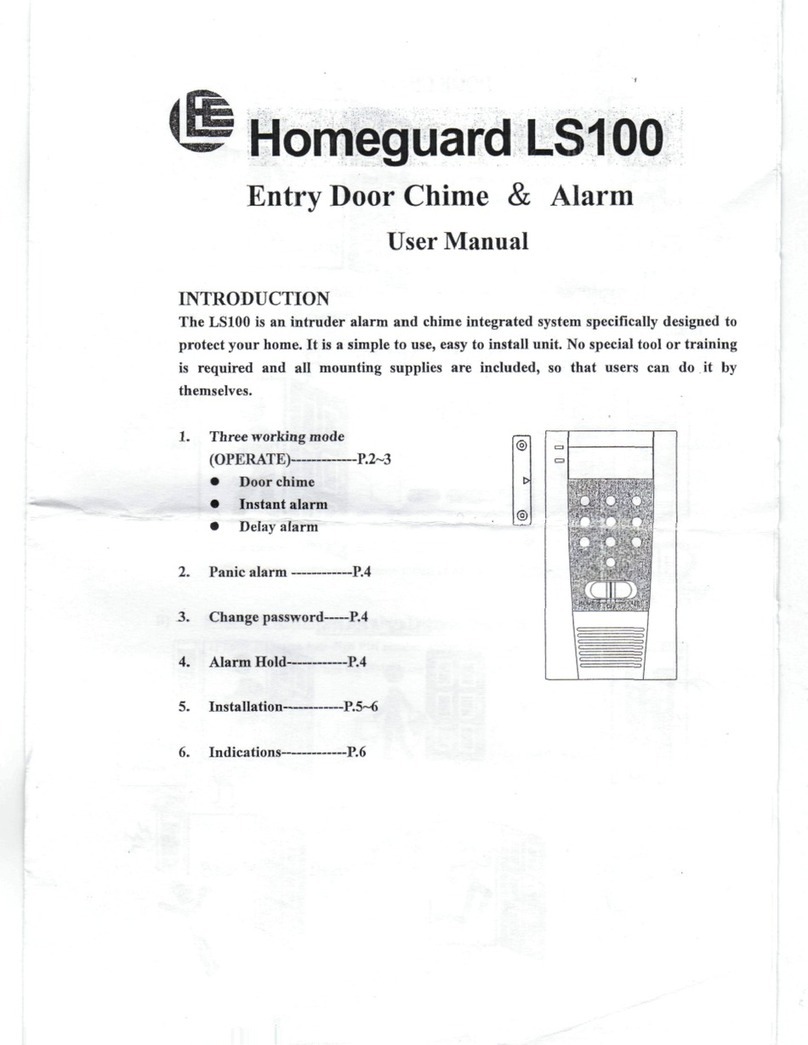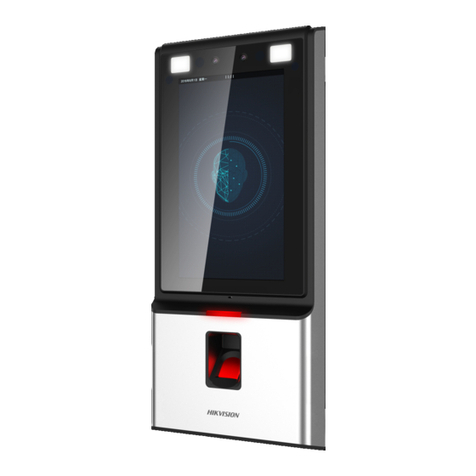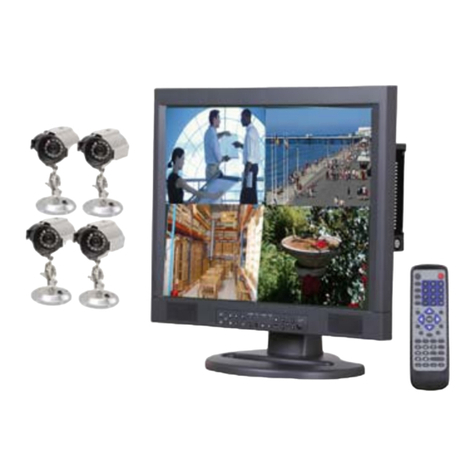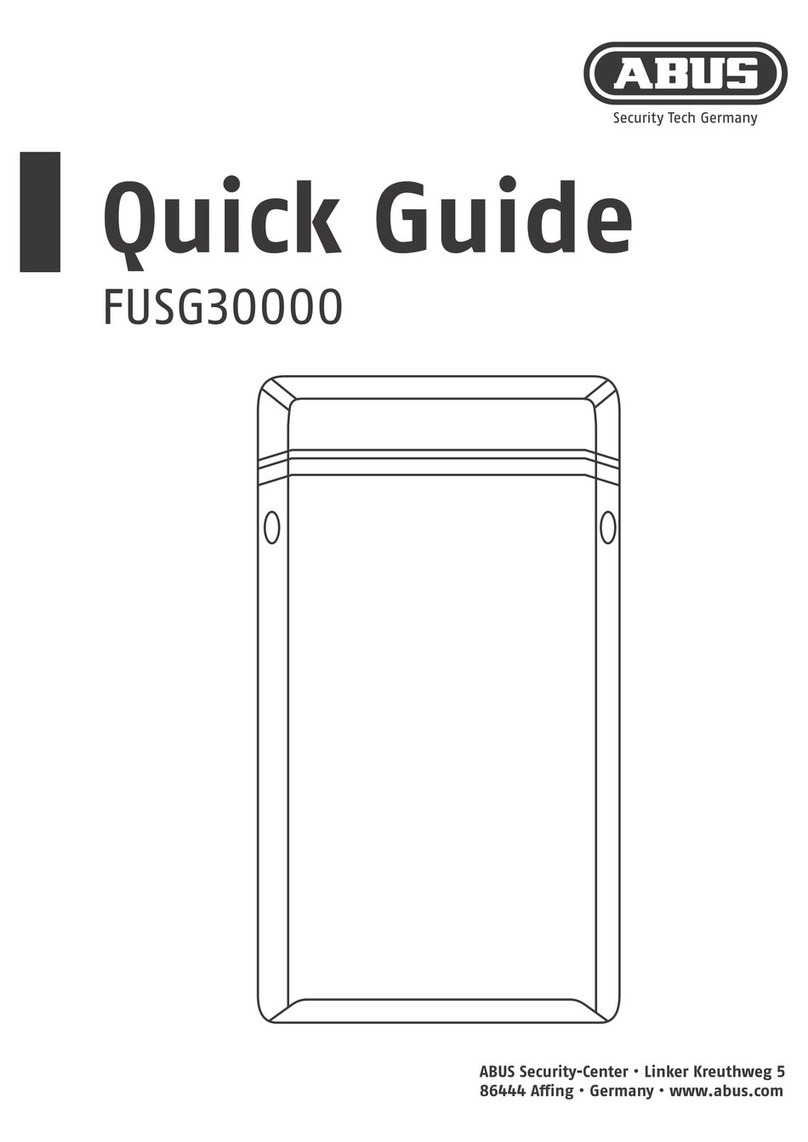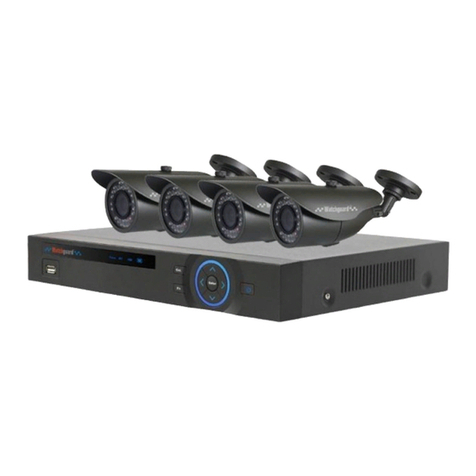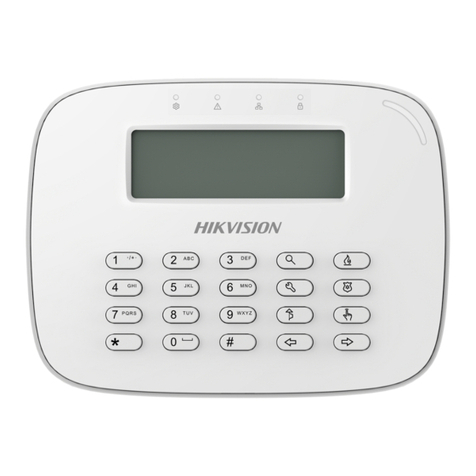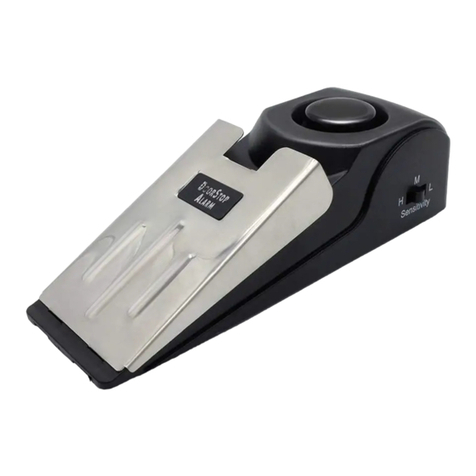Table of Contents
2
System Description
System Overview with Functional Variants................................................................................... 3
Description of the Connections on the Control Unit...................................................................... 6
Installation Instructions
Installing System Components...................................................................................................... 8
Installing the Magnetic Contact and Bolt Contact......................................................................... 9
Connection, Switch-Point Control, Address Switches ................................................................ 10
Connecting the Control Panel and Optional Components.......................................................... 11
Connecting for Operation Without an SPE Blocking Element .................................................... 12
Connecting for Operation with SmartKey Code Keypad Only.................................................... 13
Connecting the SmartKey Code Keypad with Integrated Reader .............................................. 14
Connecting a Lockable Code Keypad......................................................................................... 15
Connecting a Door Opener Relay............................................................................................... 16
Connecting an E4.4 Blocking Element for Vault Doors .............................................................. 17
Connecting an E4.3 Blocking Element for Vault Doors .............................................................. 18
Function Test for SPE Blocking Element and Reader................................................................ 20
Reading In Keys and Programming the System......................................................................... 21
Starting up the SmartKey Code Keypad with Reader................................................................. 26
(or changing user codes)
Starting up the SmartKey Code Keypad Without Reader........................................................... 28
(or changing user codes)
Starting up a Lockable Code Keypad ......................................................................................... 30
(or changing user codes)
Concluding System Installation................................................................................................... 32
Operating the System
Viewing the System Status from the Reader.............................................................................. 33
Arming the System from the Reader or Code Keypad ............................................................... 34
Disarming the System from the Reader or Code Keypad........................................................... 35
Operation with SmartKey Code Keypad Only: Viewing the System Status................................ 36
Operation with SmartKey Code Keypad Only: Arming the System with the Code Keypad........ 36
Operation with SmartKey Code Keypad Only: Disarming the System with the Code Keypad... 37
Example of Operation with 4 SmartKeys/Code Keypads ........................................................... 38
Disarming for "Forced Unlocking and Alarm Display"................................................................. 38
Fault Elimination
Problems with Installation and Reading In Keys......................................................................... 39
Diagnostics Options on the Open Control Unit........................................................................... 39
Operating Problems During Normal Operation........................................................................... 40
Replacing the Bolt in the SPE Blocking Element........................................................................ 42
Notes for Maintenance and Service
General........................................................................................................................................ 43
Inspection and Maintenance....................................................................................................... 43
Loss of Keys................................................................................................................................ 44
Ordering Additional Keys ............................................................................................................ 44
Loss of the Security Card............................................................................................................ 45
Restoring the Default Settings .................................................................................................... 45
Technical Data........................................................................................................................... 46




















